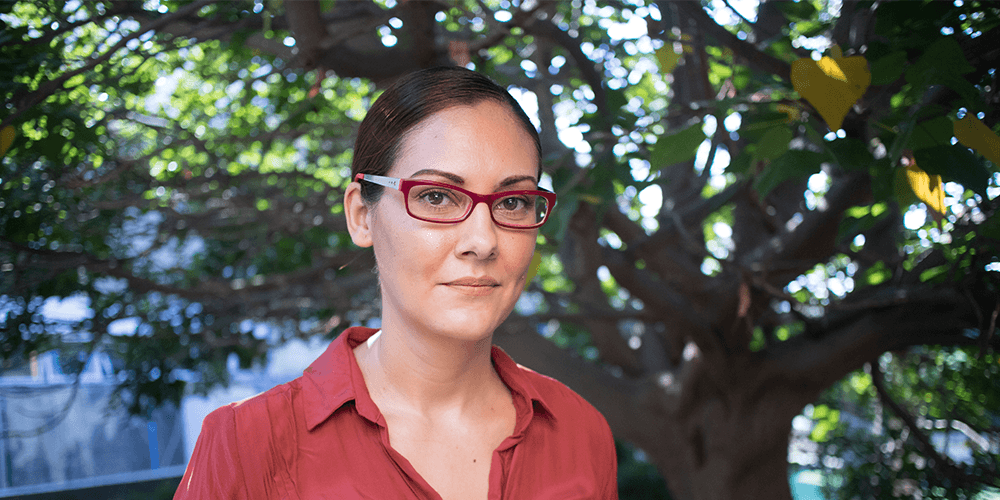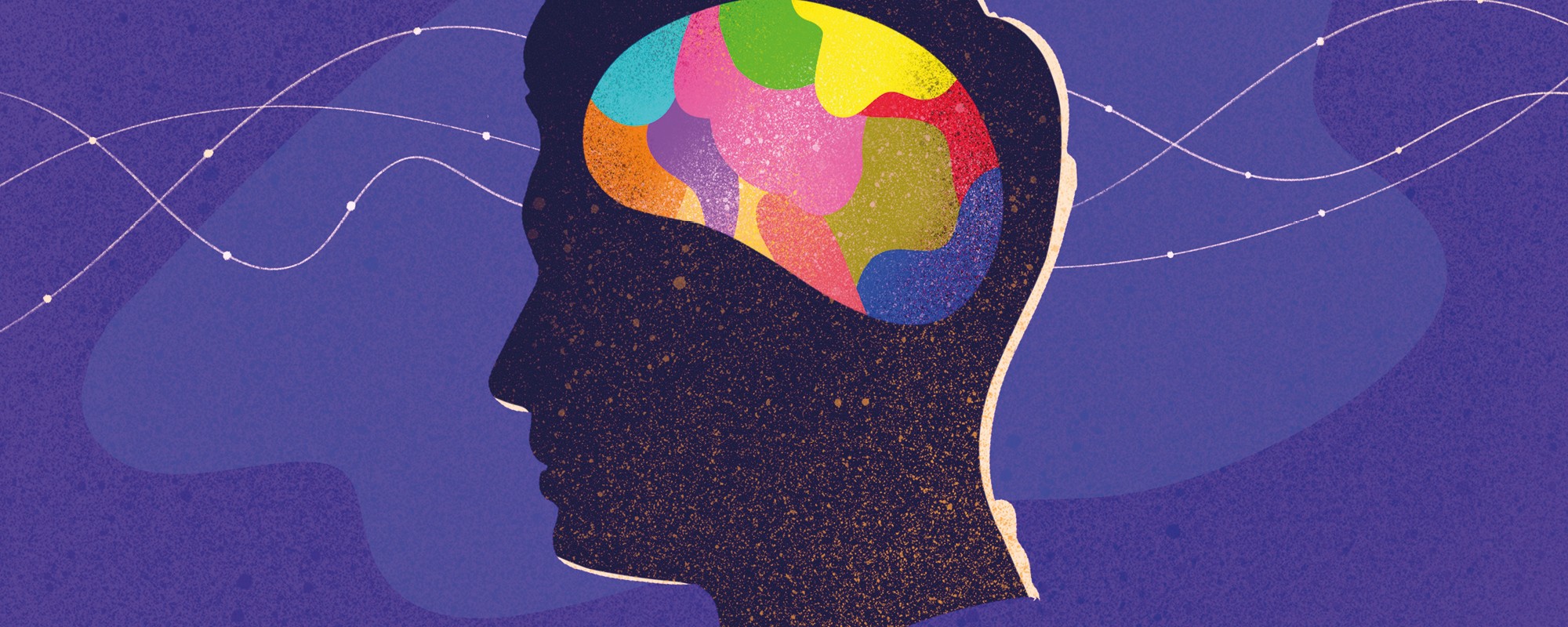If you need to rekindle romantic feelings, your decisions should be evidence-based. Lorna Muscat Baron writes.
Open a lifestyle magazine or a casual discussion group and you’ll see one problem discussed over and over again: how to keep love alive. Countless anonymous letters have been written, advice sought from friends, and sleepless nights invested in the wish to do so. But can these answers be found in science instead?
Pop science posits a theory which states that there are three main stages in a relationship — lust, attraction, and finally, attachment. However, this is not just hype, cognitive science supports it too. These phases are paired with significant biochemical changes that occur in our brains.
The lust phase is linked to the release of testosterone in men and oestrogen in women. Physical reactions to these hormones swiftly follow, from sweaty palms to an elevated heart rate. This process happens across the natural world — a drive to find a partner and pass on our genes.
‘I found this really interesting because these researchers showed that the excitement and the feelings that you have in the beginning are there for some people [till the end],’ Borg comments.
The attraction phase sees the release of the chemicals dopamine, norepinephrine, and serotonin. These hormones are crucial to bonding and the feelings that love produces. Their effects were studied in 2005 by Dr Helen Fisher, who analysed brain scans from 2,500 college students to glean important information about brain activity. During the experiment, subjects were asked to look at photos of their loved ones and acquaintances. When seeing someone they loved, their brains lit up in areas rich in dopamine.
Next comes bonding. And here the discussion centres around positive and negative brain pathways. The positive pathway has been known since 1954, discovered by James Olds and Peter Milner. The brain reinforces these neurons by releasing dopamine. ‘As human beings we’re group animals, so it would make sense that you have a hormone that rewards you for wanting to be in relatively close proximity to other people because that would mean you have a group,’ explains Marthese Borg, a cognitive scientist at the Faculty of Media & Knowledge Sciences (University of Malta). The negative pathways on the other hand, the ones that make us critical of people and enable sound judgement on who to trust, those get shut off as soon as the brain realises we might have met someone with ‘partner potential’. ‘Honeymoon period’, anyone?

Over time, however, attachment begins to develop between partners and these hormones give way to others, such as vasopressin and oxytocin. Vasopressin is the main player. When vasopressin was repressed in male prairie voles, monogamous rodents which form enduring social bonds with their female partners, they instead became neglectful of them, even failing to fight off competing males.
Why is this useful to our lives? Borg points to the widespread concern that after decades of marriage, the intensity of love within couples decreases. However, a study by Dr Bianca Acevedo et al. in 2012 debunks that belief. By using a technique which scans brain activity, fMRI, she showed that couples who still felt an intense feeling of love exhibited the same brain activity as couples who had just fallen in love. ‘I found this really interesting because these researchers showed that the excitement and the feelings that you have in the beginning are there for some people [till the end],’ Borg comments. The scientists called this occurrence the rustiness phenomenon, and it gives the potential for a complacent love to be rekindled once more.
‘If we understand exactly how this works, the power of touch and physical contact, you could even have better couple therapy,’ Borg asserts. The potential application of this research could give us critical takeaways on preserving love and our most meaningful connections — may love never die!
Further reading:
Olds J., Milner P. (1954). ‘Positive reinforcement produced by electrical stimulation of septal area and other regions of rat brain.’ Journal of Comparative and Physiological Psychology, 47:419–427.
Fisher, H., Aron, A., & Brown, L. L. (2005). ‘Romantic love: an fMRI study of a neural mechanism for mate choice.’ Journal of Comparative Neurology, 493(1), 58-62.
Acevedo, B. P., Aron, A., Fisher, H. E., & Brown, L. L. (2012). ‘Neural correlates of long-term intense romantic love.’ Social cognitive and affective neuroscience, 7(2), 145-159.





Comments are closed for this article!